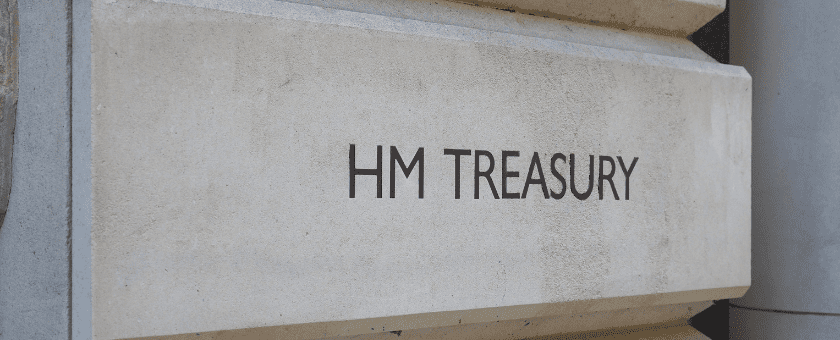- October 17, 2022
- Written by Mark Tibbert
- Category: News

Chancellor’s latest statement – What next?
It has been less than 72 hours since the new Chancellor Jeremy Hunt has been in post, and it has certainly been an interesting few days with much speculation about what approach he might take.
While last week we heard that the former Chancellor had brought forward his economic update from the end of November to 31 October to try and calm markets and the economy, the new Chancellor has wasted no time and has, this morning, announced a radical U-turn that many had been calling for in recent weeks and equally as many felt was inevitable.
While the Chancellor has confirmed that a full economic statement will still be made in around two weeks’ time on 31 October, when full details will be made available, what has been confirmed this morning, in another mini-Budget / non-Budget is, in effect, a complete reversal of all but a few of the announcements made only three weeks ago. The U-turn reverses around £32bn worth of tax cuts that had been put forward.
So, what has gone?
- We already knew that the planned reversal of the increase in corporation tax rate to 25% would be removed, with the main rate of corporation tax increasing to 25% from 1 April 2023.
- The planned reduction in income tax from 20% to 19% will now not go ahead either from 6 April 2023 or 6 April 2024. Instead it will be reviewed when economic conditions allow.
- The planned reduction in dividend tax rates to reflect the drop in National Insurance will not go ahead, meaning the main rates of tax for dividends will stay at 8.75%, 33.75% and 39.35%.
- The planned freeze on alcohol duty and the introduction of VAT-free shopping will also no longer proceed.
- The planned repeal of off-payroll working rules / IR35 rules will now not happen, leaving in place the changes that have been implemented over the past three years.
- Finally, the energy cap support that was going to be in place for two years has been cut to just six months, with a review to make the support more targeted for those who need it, both for individuals and businesses, to be completed by April. In essence, looking to make the support more sustainable.
What has made the cut?
- The removal of the health and social care levy / National Insurance that added 1.25% to all NIC rates will still be reversed from next month. Therefore, still a tax cut for many with a virtual immediate effect.
- The planned Stamp Duty Land Tax (SDLT) rate reductions will be retained, an increase in the nil rate band from £125,000 to £250,000 and the increase for first time buyers from £300,000 to £425,000 (outside of London). This only applies in England and Wales though.
The early signs are that this early announcement has had the intended impact with the markets reacting strongly to a more conservative and traditional approach. The pound’s value has increased to its highest level since the September announcements, the FTSE also saw a noticeable increase in trading and more importantly for millions of mortgage holders, the yields on government bonds are also showing a decrease which will hopefully in the medium turn have an impact on mortgage rates, but also significantly decreases the cost of government borrowing.
While many will have seen this statement as inevitable and the immediate reaction does seem to be positive, many business owners will just be hoping for a period of stability and certainty on policy direction, so they can plan for what may lie ahead. The continual speculation and changes in direction of recent weeks does nothing to help businesses or give confidence to invest for the future.
Like many, we are hoping for a quiet few weeks from government and what will be a more encouraging economic statement on the 31 October when we should get a clear direction of travel for the government with the new Chancellor in place.
